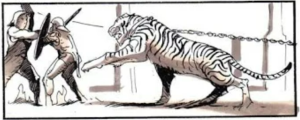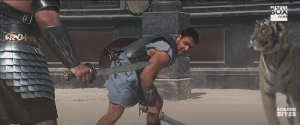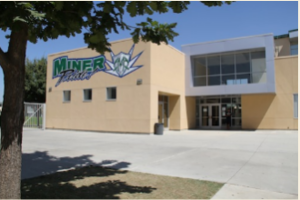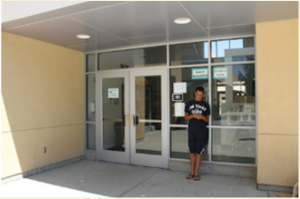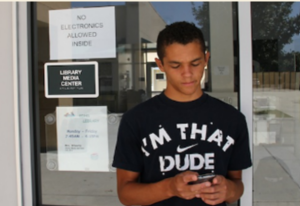pikitia: nga mea katoa kamera
“I always wanted to be somebody, but now I realise I should have been more specific.”
— Lily Tomlin
te ao Māori principles
There are key principals that we, as an English Department, consider important as part of a holistic study at school.
- Mana – The prestige and authority of the writer. Writers can build mana through impactful stories that uplift readers.
- Whanaungatanga – The connections and relationships between characters, writers, and readers. Literature brings people together.
- Kaitiakitanga – Guardianship and protection of stories, language, and knowledge. Writers have a duty to share stories responsibly.
- Wairuatanga – The spirituality and deeper meanings conveyed through literature. Stories can be profound and moving.
- Mauri – The essential life force or vitality of the writer coming through in their work. Writing with purpose and energy.
- Aroha – The empathy, compassion, and love writers show through their words. Literature builds understanding between people.
- Tikanga – The customs, protocols and values upheld through storytelling. Writers adhere to cultural principles.
Key Terms
| Cinematography | the art of photography and camerawork in film-making. |
| Frame | a single complete picture in a series forming a cinema, television, or video film. |
| Framing | make or construct (something) by fitting parts together or in accordance with a plan. |
| Shot | a film sequence photographed continuously by one camera. |
| Sequence | a part of a film dealing with one particular event or topic. |
| Camera | a device for recording visual images in the form of photographs, film, or video signals. |
| (Extreme) Close Up | a subject framed very closely, often so much so that the outer portions of the subject are cut off by the edges |
| Close Up | a photograph or film image taken at close range and showing the subject on a large scale. |
| Mid Shot | the medium shot, sometimes also called a mid-shot or waist shot, is a film shot that stretches from around the waist (or sometimes the knees) of a subject up to their head. |
| Long Shot | a view from an even greater distance, in which people appear as small dots in the landscape if at all. |
| Establishing Shot | a shot in filmmaking or television that sets up the context for the scene ahead. |
| Zoom | a camera shot that changes smoothly from a long shot to a close-up or vice versa. |
| Pan | swing (a video or film camera) in a horizontal or vertical plane, typically to give a panoramic effect or follow a subject. |
| Tilt | an upwards or downwards pivoting movement of a camera. |
| Dolly | (of a film or television camera) be moved on a mobile platform in a specified direction. |
| Cinema | the production of films as an art or industry. |
| Tracking Shot | any shot that includes a moving camera that follows or tracks one or more moving characters or subjects. |
| Aperture | a space through which light passes in an optical or photographic instrument, especially the variable opening by which light enters a camera. |
| Camera Angle | the specific location at which the movie camera or video camera is placed to take a shot. |
| Focus | the state or quality of having or producing clear visual definition. |
| Foreground |
make (something) the most prominent or important feature.
|
| Background | the part of a picture, scene, or design that forms a setting for the main figures or objects, or appears furthest from the viewer. |
Learning Objectives
- To identify camera shot types and angles.
- To define the rationale behind each shot decision.
- To recognise some of the early developments in cinema.
- To examine the shot types.
- To distinguish shot types in short films
Exercises
Spelling
| fair | fare | gorilla | guerilla | lessen |
| lesson | moot | mute | wait | weight |
| sew | sow | peace | piece | tail |
| tale | reign | rein | rain | homonym |
Summary Builder
Below is a piece of writing that you should attempt to summarise into around 100 words.
The Psychology of Risk Taking
Risk taking reaches a peak in adolescence and young adulthood. Understanding the cognitive science behind risky behaviours can help teens make smart choices.
One factor is peer influence. Teens are wired to prioritise social status and acceptance. Risky acts earn approval from peers, motivating dangerous choices. Teens also underestimate risk when in groups due to a diffusion of responsibility.
Impulsivity also promotes risk taking. Teen brains are still developing impulse control and weighing future consequences. Thrill seeking behaviours activate the brain’s reward system.
Overconfidence is another contributor. Most people rate themselves as above average on skills and wisdom. Teens tend to overestimate their abilities to handle dangerous situations.
The sense of invulnerability in youth reinforces risky choices. Teens recognise risks for others but downplay personal susceptibility. But perceived invincibility is illusion.
Some risks also build necessary skills. Testing limits teaches resilience and calibration. Mistakes help shape personal identity and values. Age appropriate risks facilitate development.
By understanding influences like peers, impulsivity and overconfidence, teens can better assess risks with wisdom beyond their years. The brain will continue to mature through young adulthood. Patience and perspective help teens minimise harm.
Cinematography: All Things Camera
pikitia: nga mea katoa kamera
Ko te reo te tuakiri | Language is my identity.
Ko te reo tōku ahurei | Language is my uniqueness.
Ko te reo te ora. | Language is life.

